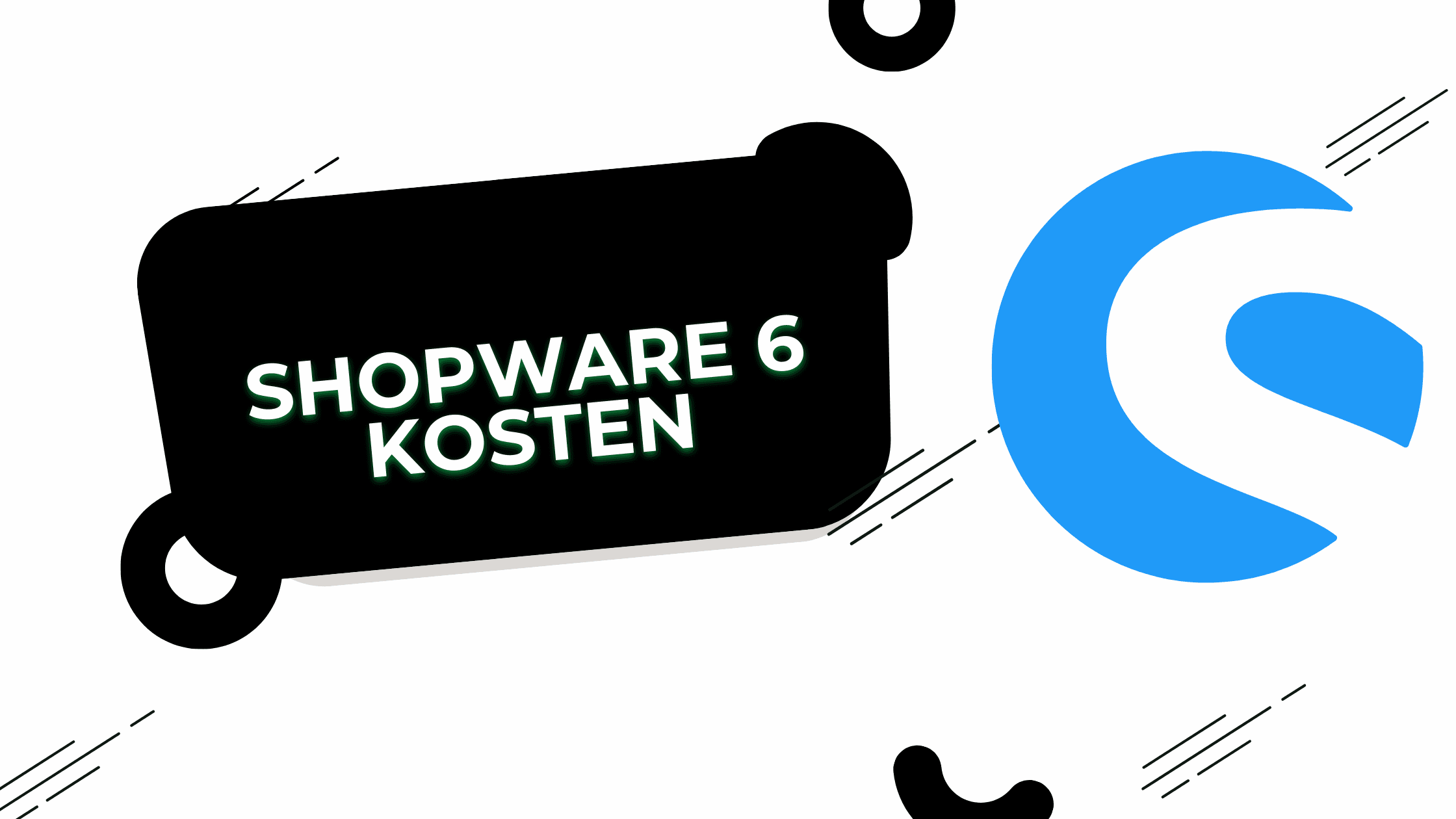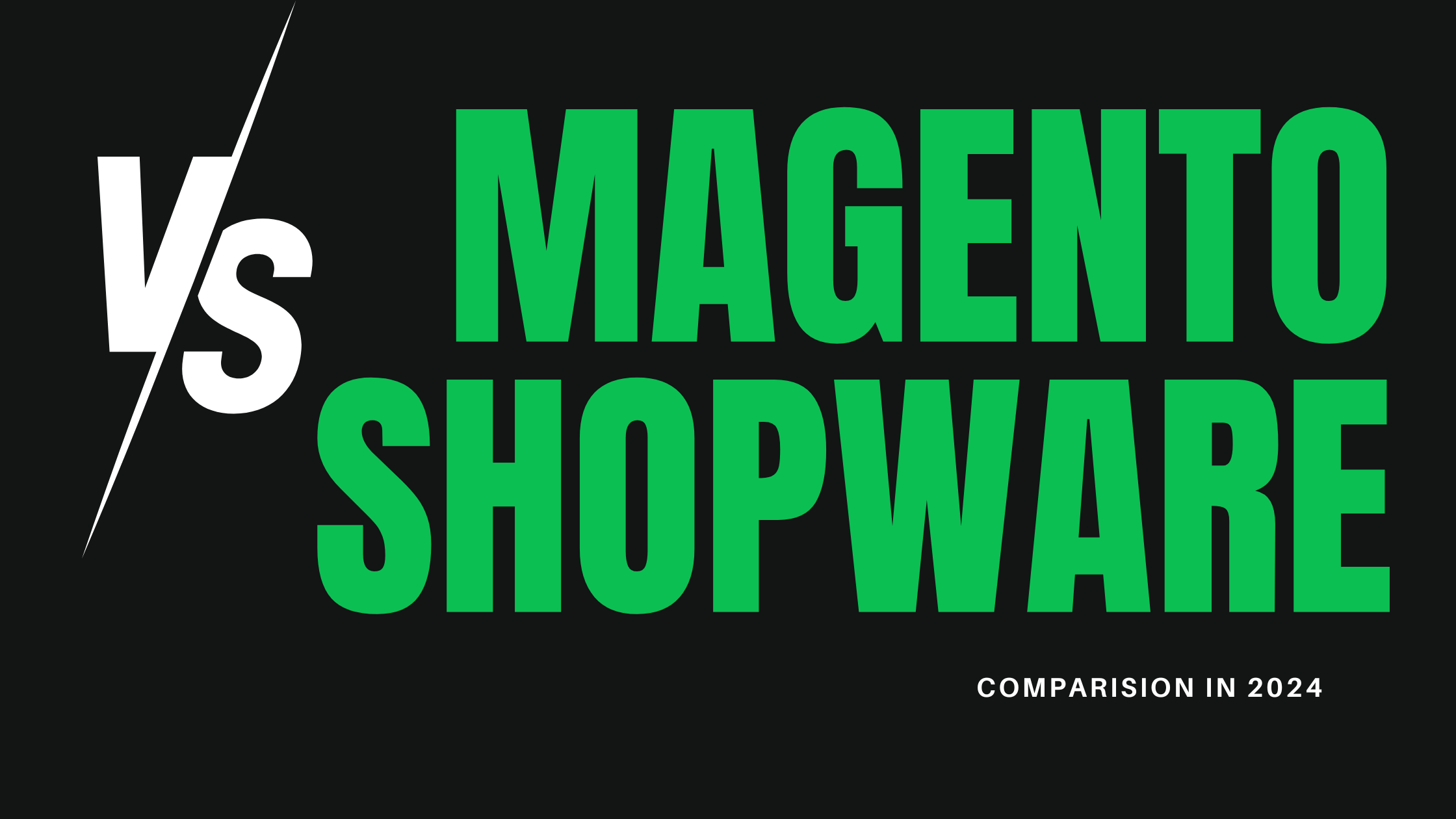8 Key E-Commerce Risks and How to Solve them on Your Platform
E-commerce has revolutionized the way we shop, offering convenience and accessibility like never before. However, along with the benefits come potential risks that both consumers and businesses must be aware of.
From data breaches and cyber attacks to fraudulent transactions and counterfeit products, the e-commerce landscape is filled with potential pitfalls that can have serious consequences.
So why don’t we move into most common E-Commerce risks? At the end of the article we will try to show few alternatives how to fight them.
1. Lack of Code Maintenance in E-Commerce Business
Many assume that a working system doesn’t need ongoing development beyond bug fixes. This is a dangerous misconception.
Frameworks, libraries, and external APIs used in e-commerce platforms are constantly evolving. Without regular updates, your system becomes vulnerable to security threats.
Neglecting maintenance can lead to compatibility issues, loss of support, and in extreme cases, reliance on obsolete technology.
Potential connected with E-Commerce Risks consequences include:
- Security vulnerabilities: As new security flaws are discovered in libraries and frameworks, failing to update leaves your system exposed.
- End of support: Older versions of programming languages and libraries eventually lose support, leaving you without critical updates and patches.
- Increasing incompatibilities: The gap between your codebase and the latest versions widens, making future updates more challenging and time-consuming.
- Obsolescence: In extreme cases, entire frameworks or technologies may be abandoned, forcing businesses to maintain them independently.
Real-world impact: Imagine a scenario where your payment gateway suddenly stops working. What should be a simple fix turns into a major overhaul because you need to update multiple system components to compensate for years of neglected changes. This not only leads to extended downtime but also significant unexpected costs.
Prevention strategies: Implement a regular maintenance schedule. Allocate resources for ongoing updates and patches. Consider using dependency management tools to track and update libraries automatically. Regularly review and test your system’s compatibility with the latest versions of its dependencies.
2. Lack of Code Refactoring in Platform
A decade-old platform likely contains code from various developers, often without proper refactoring.
This results in a complex, hard-to-maintain codebase that makes changes and new feature additions expensive and time-consuming.
Poor code quality also increases the likelihood of errors, potentially affecting customer experience and your bottom line.
The lack of refactoring can lead to the accumulation of technical debt, making the system increasingly difficult to work with over time.
It may also contain unused functionalities and inconsistencies in design, further complicating maintenance and development.
Long-term effects: Over time, the lack of refactoring can lead to a system that’s resistant to change. New features become increasingly difficult to implement, and even small modifications carry the risk of introducing new bugs. This technical debt can eventually reach a point where the cost of maintaining the old system exceeds the cost of building a new one from scratch.
Addressing the issue: Start by identifying the most critical or frequently used parts of your system. Prioritize these for refactoring. Implement coding standards and conduct regular code reviews to maintain quality. Consider adopting modern development practices like continuous integration and automated testing to catch issues early.
3. Loss of Institutional Knowledge
As original developers leave the company, crucial knowledge about the system’s inner workings is lost.
This can lead to extended downtime during critical issues, as remaining staff struggle to diagnose and fix problems.
Onboarding new developers becomes challenging, and planning future developments becomes nearly impossible without comprehensive system understanding.
The situation is often worse when the system was created by a third-party company, as there may be no internal expertise at all.
This knowledge gap can severely limit a company’s ability to respond to market changes or customer needs effectively.
Hidden costs: The loss of institutional knowledge often leads to increased reliance on external consultants or the need to reverse-engineer parts of your own system. This not only increases costs but also slows down your ability to innovate and respond to market demands.
Mitigation strategies: Implement thorough documentation practices. Encourage knowledge sharing among team members. Consider creating video tutorials or wiki pages explaining key system components. Implement a mentoring system where experienced developers work closely with newer team members. Regularly review and update system documentation to ensure it remains relevant.
4. Divergence from Current Plaftorm Trends
What was cutting-edge a decade ago may now be driving customers away.
Modern consumers expect streamlined, intuitive interfaces. If your platform doesn’t meet these expectations, you’re likely losing sales.
Older systems often struggle to integrate with the latest marketing tools and data aggregators, putting you at a competitive disadvantage.
User experience (UX) has become increasingly important in e-commerce. An outdated UX can significantly impact conversion rates.
The inability to easily integrate with modern marketing tools can hinder your ability to reach and engage customers effectively.
Examples of divergence: Ten years ago, a multi-step checkout process was standard. Today, customers expect one-click purchasing options. Mobile responsiveness, which might have been a nice-to-have feature a decade ago, is now absolutely crucial. Integration with social media platforms, AI-powered recommendation engines, and advanced analytics tools are becoming standard features that older systems may struggle to support.
Bridging the gap: Conduct regular user experience audits. Stay informed about current e-commerce trends and best practices. Consider implementing a headless commerce architecture, which can allow you to update your frontend independently of your backend systems, making it easier to keep up with UX trends.
5. Online shopping Scalability Challenges
As your business grows, your e-commerce platform needs to keep up. Many older systems weren’t designed with modern scalability requirements in mind.
While upgrading servers (vertical scaling) can help initially, this approach quickly reaches its limits.Modern e-commerce often requires horizontal scaling (adding more servers), which legacy systems may not support.
What once seemed like high-performance (e.g., processing 10 orders per minute) may now be a severe limitation.Back-end systems that worked well for small operations may become chaotic and inefficient as the business scales.
Real-world implications: As your business grows, you may find your system struggling during peak times like Black Friday or holiday sales. This can lead to slow page load times, checkout errors, or even complete system crashes – all of which can result in significant lost revenue and damage to your brand reputation.
Addressing scalability: Consider moving to a cloud-based infrastructure that allows for easier scaling. Implement caching mechanisms to reduce database load. Look into microservices architecture, which can allow different parts of your system to scale independently based on demand.
6. Misalignment with Current Business Needs
Your e-commerce system should enable and enhance your business objectives, not constrain them.
An outdated platform may be optimized for product lines or services that are no longer core to your business.
It might struggle to support new, more profitable offerings, forcing you to rely on inefficient processes or cumbersome workarounds.
Business goals and strategies evolve over time, but an old system may still be operating based on outdated assumptions.
This misalignment can prevent you from capitalizing on new opportunities or adapting to market changes quickly.
Case study: Consider a business that started as a niche product retailer but has since expanded into a marketplace model. Their old system, designed for managing a limited product catalog, now struggles with multi-vendor management, complex commission structures, and the need for real-time inventory updates across multiple sellers.
Realignment strategies: Regularly review your business goals and assess how well your e-commerce platform supports them. Consider implementing a modular system architecture that allows you to add or modify features more easily as your business evolves. Look into platforms that offer robust API capabilities, allowing for easier integration with new tools and services as your needs change.
7. Currency Exchange Risks
Older e-commerce platforms often lack robust multi-currency support, which can pose significant risks in today’s global marketplace.
Outdated systems may not be able to handle real-time currency conversions or may rely on manual updates of exchange rates.
This can lead to pricing discrepancies, potential losses due to currency fluctuations, and a poor experience for international customers.
Potential issues:
- Inaccurate pricing for international customers due to outdated exchange rates
- Inability to offer local currency options, potentially deterring international sales
- Increased financial risk due to currency fluctuations between order and payment processing
- Complications in accounting and financial reporting due to inconsistent currency handling
Mitigation strategies:
Implement real-time currency conversion using reliable APIs. Ensure your system can handle multiple currencies throughout the entire purchase process, from browsing to checkout. Consider implementing dynamic pricing strategies that account for currency fluctuations. Regularly audit your currency handling to ensure accuracy and compliance with international regulations.
8. Low SEO Ranking
Search engine optimization (SEO) practices have evolved significantly over the past decade. Older e-commerce platforms may not be optimized for current SEO best practices, leading to poor visibility in search results.
Outdated SEO strategies can significantly impact your organic traffic and, consequently, your sales.
Common SEO issues in older platforms:
- Slow page load times due to outdated infrastructure or unoptimized code
- Lack of mobile responsiveness, which is now a key ranking factor
- Inability to easily implement schema markup for rich snippets
- Difficulty in creating and managing SEO-friendly URLs
- Limited control over meta tags and other on-page SEO elements
- Poor handling of canonical tags, leading to duplicate content issues
Improving SEO on older platforms:
Conduct a comprehensive SEO audit to identify key areas for improvement. Implement technical SEO best practices as much as your platform allows. Consider using a modern content delivery network (CDN) to improve page load times. If possible, implement a responsive design to improve mobile user experience. Regularly create and update high-quality, relevant content to improve your search engine rankings.
Conclusions of Old Online Store Risks
Running a decade-old custom e-commerce platform in 2024 comes with significant risks. These can impact your business’s growth, efficiency, and competitiveness. However, by understanding these risks and taking proactive steps to address them, you can ensure your e-commerce platform remains an asset rather than a liability.
To mitigate these risks, consider the following steps:
- Conduct a comprehensive system audit: Identify areas of greatest risk or limitation in your current platform. This will help you prioritize your efforts and resources.
- Invest in continuous maintenance and refactoring: Regular updates and code improvements, even if they mean short-term costs, can save you from major issues and expenses down the line.
- Document your system thoroughly: Preserve institutional knowledge by maintaining up-to-date documentation. This will help with onboarding new team members and managing the system long-term.
- Stay informed about e-commerce trends: Regularly assess your platform against current best practices and consumer expectations. This will help you identify areas where your system may be falling behind.
- Plan for scalability: Even if you don’t need it immediately, design your system with future growth in mind. This can save you from major overhauls as your business expands.
- Regularly review alignment with business goals: Ensure your e-commerce platform continues to support your evolving business objectives. Be prepared to make changes when necessary.
- Consider modern architectures: Explore options like headless commerce or microservices, which can offer greater flexibility and easier updates.
- Invest in training and knowledge sharing: Help your team stay up-to-date with the latest e-commerce technologies and best practices.
- Plan for the future: Start thinking about your next e-commerce platform before your current one becomes obsolete. This can help ensure a smoother transition when the time comes.
- Address currency risks: Implement robust multi-currency support and stay updated on international financial regulations.
- Prioritize SEO: Regularly audit and update your SEO strategies to ensure your platform is optimized for current search engine algorithms.













